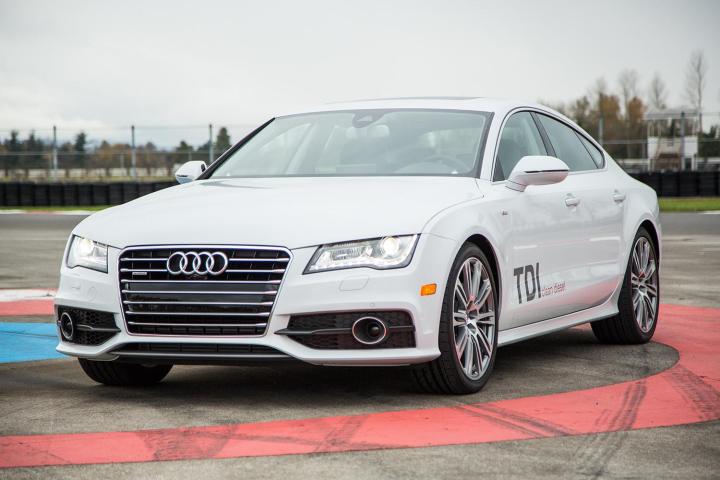
Here’s how Volkswagen’s proposed program will play out:
- The automaker will recall and repair approximately 58,000 V6 diesel cars for the 2013 and 2016 model years. VW, Audi, and Porsche vehicles that fall within this “second-generation” diesel technology bracket will be fixed to meet the emissions standards of their production dates.
- Older “first-generation” V6 diesels produced between 2009 and 2012 will receive a buy-back offer, trade-in credit, or lease termination. Approximately 20,000 VW and Audi vehicles meet these specifications. As part of the proposed agreement, Volkswagen will attempt to modify the cars (should their owners wish to do so) to reduce their nitrogen oxide emissions.
If the settlement is approved and 100 percent of affected VW customers take part in the program, Volkswagen will pay up to $1.2 billion in benefits. That figure represents a potential 100-percent buy-back on all eligible first generation 3.0-liter V6 diesel models and an emissions-compliant repair for every second-generation car.
Assuming the plaintiffs and the FTC approve the proposed settlement at a hearing on February 14, Volkswagen could initiate the program as early as May of this year.
“With the Court-approved 2.0L TDI program well underway and now this proposed 3.0L TDI program, all of our customers with affected vehicles in the United States will have a resolution available to them,” said Hinrich J. Woebcken, president and CEO of Volkswagen Group of America, Inc. “We will continue to work to earn back the trust of all our stakeholders and thank our customers and dealers for their continued patience as this process moves forward.”


